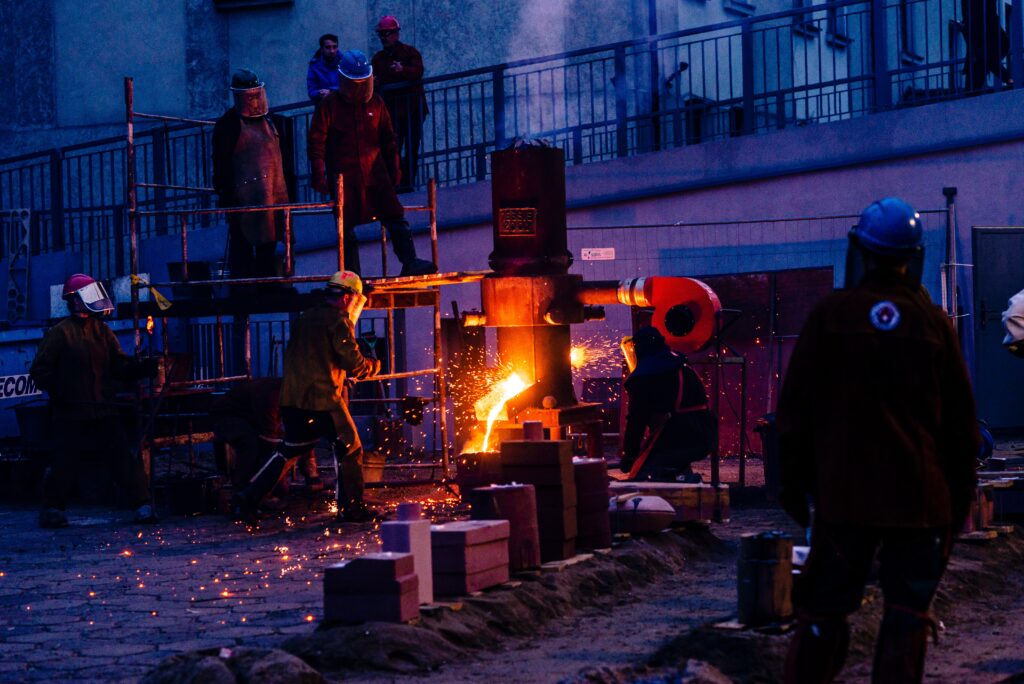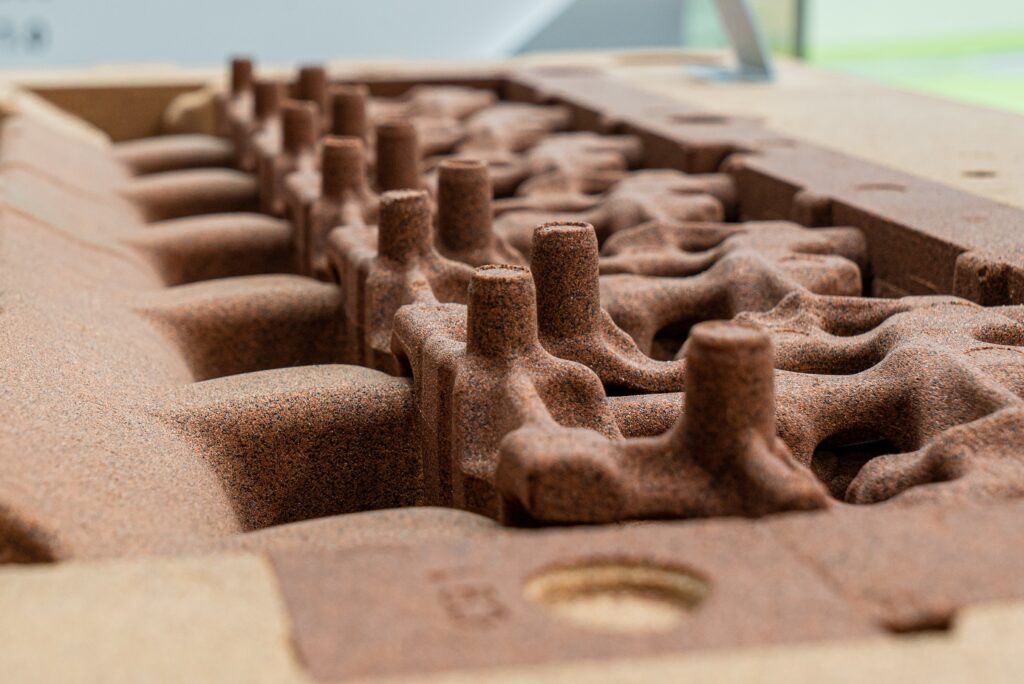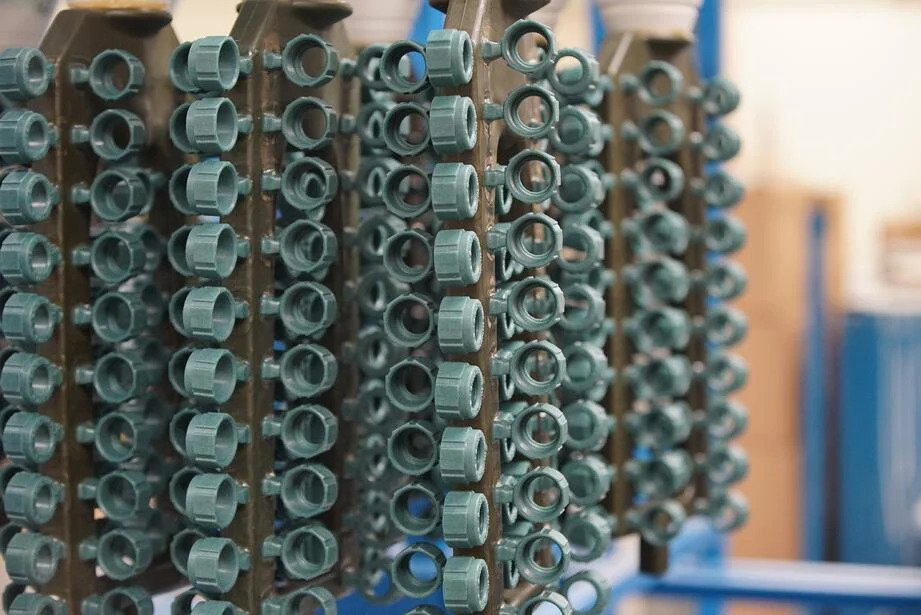CASTING SOLUTIONS
When the demands of your product exceed what "status quo" meets.
Expertise and technology to address your unique requirements and needs from highly engineered design to secondary operations to packaging and distribution.

Bringing Out The Best
Our experts will work with you and assess how you can take your products to the next level. We can help you optimize the casting process so you can get the most out of your designs.
Casting Processes That Fit Your Needs
Die Casting


Sand Casting
So how does sand casting work? Sand casting, also called sand mold casting, is a very popular alternative to die-cast and investment casting.
This type of metal casting process is performed when molten metal is poured into a sand-molded cavity.
Sand casting offers many benefits as a low-volume manufacturing option. These benefits include the ability to cast large parts, complex geometries, or parts that need require a core.
Investment Casting
Investment casting (also called “lost wax” or “precision” casting) is a manufacturing process in which a wax pattern is created, gated onto a sprue and repeatedly dipped into a liquid ceramic slurry. Once the ceramic material hardens, its internal geometry takes the shape of the casting. The wax is melted out, and molten metal is poured into the cavity where the wax pattern was. The metal solidifies within the ceramic mold, and then the metal casting is broken out.

Custom solutions
We provide custom casting design and manufacturing. You bring the idea, we make it.
Tailor-made dies
We're ready to help you develop the most cost-effective and optimal design for your product.
Surface treatment
We will make sure your finished product has the finish you need to meet your specifications.
Quality expertise
Our team understands the importance of quality in delivering high-value products.
